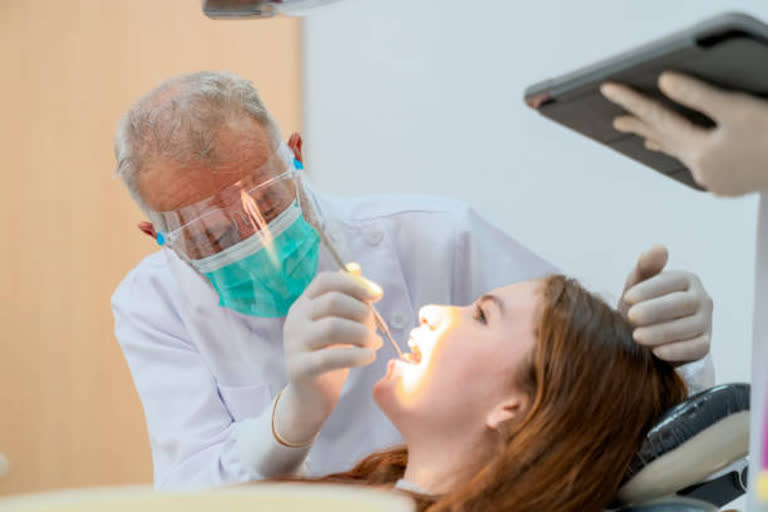Hyderabad: Global oral health has been in a silent crisis for too long. The challenges related to oral diseases for populations, communities, and individuals rarely get sufficient public attention, the active voices of people affected by oral diseases are not prioritised, and oral health has been absent from global health policy agendas for more than 15 years.
Common oral diseases, such as dental caries, periodontal (gum) disease, oral cancer, and tooth loss, have reached an all-time high globally: almost half of the world's population (45%) is affected by these diseases, with about 3·5 billion people living with untreated oral diseases, surpassing numbers for any other non-communicable disease. Cases of oral diseases have grown by 1 billion during the past 30 years. Poor, vulnerable, and marginalised populations are disproportionally affected; and three out of four people affected by oral diseases now live in low-income and middle-income countries.
These daunting realities about oral health are highlighted in the new Global Oral Health Status Report—Towards Universal Health Coverage for Oral Health by 2030, launched by WHO on Nov 18, 2022. The report provides information about the burden of disease, using the latest data from the Global Burden of Disease Study and new evidence gathered by WHO, to highlight key risk factors for and determinants of oral diseases, the economic impact of oral diseases, the unequally distributed oral health workforce, and health system challenges. The report includes oral health data profiles for 194 WHO member states, providing insights in areas and indicators of oral health relevant for public health decision makers.
The Global Oral Health Status Report centrally positions WHO's new vision for global oral health: universal health coverage (UHC) for oral health by 2030. This is a timely objective since global progress towards integration of oral health in UHC benefit packages is mixed, even though several governments have endeavoured to introduce bold reforms. For example, middle-income countries, such as Thailand and Brazil, have shown that establishing comprehensive, publicly funded essential oral health services as part of primary health care is achievable.
Also read: 'Preventing Anti-Microbial Resistance Together': World Antimicrobial Awareness Week 2022
High-income countries, such as France and Canada, are expanding their previously limited coverage of oral health care. Meanwhile, other countries, including the USA, are embroiled in heated professional and political debates around offering limited oral health coverage for some disadvantaged population groups. In many countries, oral health services still require high patient out-of-pocket payments, including in high-income countries. A fundamental consideration in such debates is whether oral diseases are public health problems rather than a personal, private matter.
Moreover, the misconception that oral health care is inevitably expensive and not an essential health service has contributed to a disengagement of the public sector in many settings and fostered a dominance of privately financed services, provided by private practitioners. Yet, the widespread service closures during the early waves of the COVID-19 pandemic and the subsequent impact on an increasing burden of oral diseases were reminders that oral health services are indeed part of essential health services.
The idea that oral health is purely a private matter and an expensive non-essential health-care issue is challenged in the Global Oral Health Status Report. The report sets out why oral diseases are major public health problems and details the severe consequences of oral diseases for physical and mental wellbeing, productivity, educational opportunities, and social inclusion. The cumulative negative impacts of oral disease on societies and economies are unacceptable and adversely affect human development; the direct annual costs of oral health care are estimated to amount to about US$387 billion globally.
More than 80% of this amount is spent on oral health care for only 20% of the world's population, largely living in high-income countries. Factors that contribute to the low coverage of oral health services include substantial workforce shortages, unequal distribution of oral health professionals between rural and urban areas, over-reliance on an expensive dentist-centred model of care, and a lack of service integration at primary care level. The resulting major inequalities and millions of people without access to oral health care and prevention are reminders that transformative change towards UHC for oral health is urgently needed.



